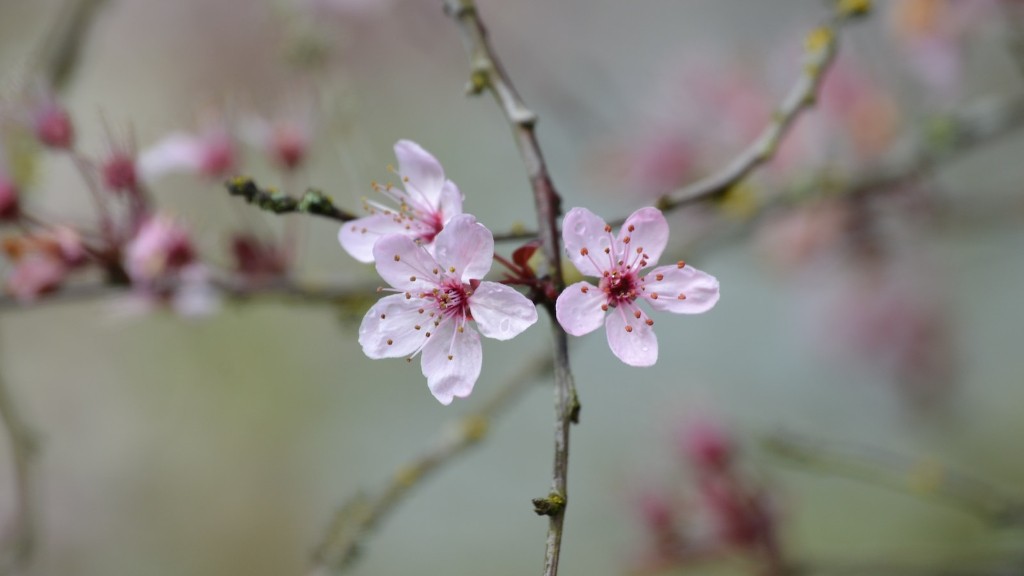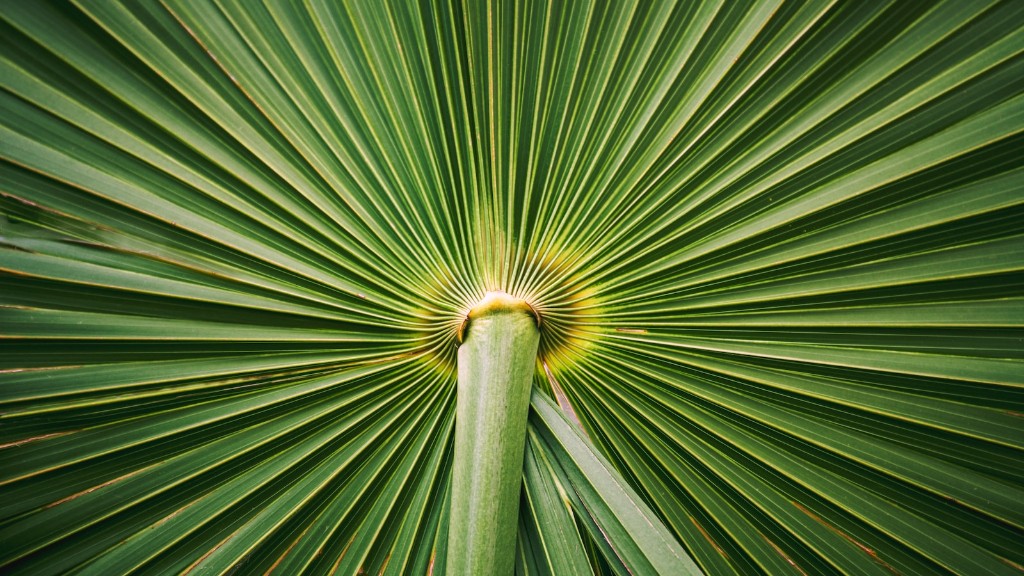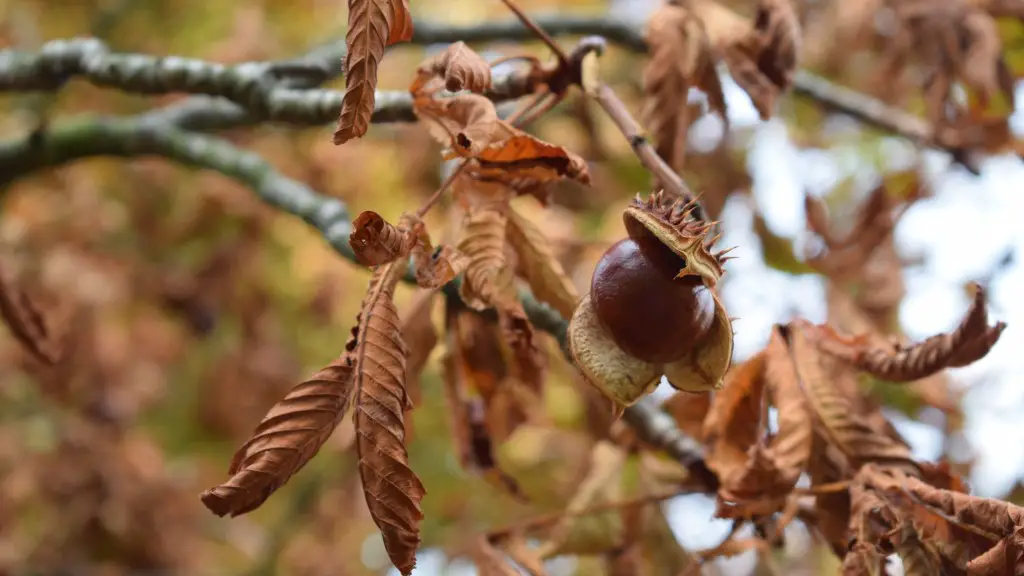When to Prune Stella Cherry Tree
The Stella cherry (Prunus avium ‘Stella’) is an attractive, sweet cherry tree grown in a variety of climates. When pruning your Stella cherry, the right time to prune depends on the shape of the tree and the season. Pruning at the right time ensures your Stella cherry tree stays healthy and productive.
The best time to prune a Stella cherry tree is late winter or early spring, when the tree is still dormant. During this period, pruning is generally easier and there’s less chance of the tree being damaged by frost or wind. Pruning in late winter or early spring helps the tree recover faster after pruning and encourages the development of vigorous new growth for the first part of the summer.
When pruning a Stella cherry tree, there are a few key points to keep in mind. Prune the tree to create an open center, meaning the branches should form an even canopy with no single branch taking over the tree’s structure. Remove water sprouts, or upright shoots emerging from the trunk, and any dead, diseased, or dying branches. Be sure not to cut back too much at once, since this can create excessive stress on the tree.
It is also important to remember that the Stella cherry is considered a self-fertile tree, meaning that it can be pollinated by its own pollen, but it will produce more and better fruit when it is close to other cherry trees. Therefore, if you’re pruning to promote early fruit production, then be sure to prune closer to the center of the tree, where the flowers and fruits grow, instead of pruning the outer edges to open up the canopy.
For the continued health of your Stella cherry tree, proper pruning should occur every year. Regular pruning prevents weak branches from breaking under the weight of a full crop of fruit and keeps the tree from becoming overgrown and losing its vigor. In addition, it encourages the production of new shoots, which in turn promote good crop yields for the upcoming season.
When it comes to pruning, professional arborists recommend that you use sharp, clean tools and follow proper pruning techniques, such as making a clean cut at a 45-degree angle. To protect your trees from insect infestations and diseases, they should be regularly monitored and any unhealthy-looking branches should be pruned off as soon as possible. It is also important to remember to sanitize pruning tools between uses.
Thinning vs. Heading Cuts
When pruning a Stella cherry tree, it is important to distinguish between thinning cuts and heading cuts. Thinning involves removing entire branches to open up the canopy and promote better air circulation and light penetration. Heading cuts are shortening of branches back to a lateral bud, which encourage outward and lateral growth.
Thinning cuts are best used when the tree is too congested and needs to be opened up, while heading cuts are perfect for trees that are too tall and need to be kept in check. It is important to make the right cuts, since improper pruning can lead to a nasty-looking tree and can even harm the tree’s health.
When making heading cuts, it is best to avoid pruning back to the same point every season, since this can cause extensive damage and can lead to weaker branches. Instead, try to prune above the terminal bud, and make sure not to cut away too much of the branch, as this can remove vital nutrients and weaken the growth of the tree.
When making thinning cuts, it is best to target branches that are overcrowded or unhealthy, such as those that cross or rub against other branches. Thinning cuts should be made close to the trunk of the tree, since this will promote better airflow and promote new growth. It is also important to remember to never top a Stella cherry tree, since this will not only make the tree look sloppy, but can also weaken its growth.
When to Start Pruning
When it comes to pruning a Stella cherry tree, it’s important to know when to start. If the tree is young, it’s best to wait until the tree is at least two years old before pruning, so that it’s established enough to withstand the stress of pruning. It’s also a good idea to check the site of the tree before pruning, since it may need more space than it currently has in order to thrive. If the tree is planted too close to buildings or other trees, then it may need to be moved before pruning.
Once the tree is established and the site is suitable, it’s time to start pruning. Start by carefully pruning away any weak or dead branches, and then trim away any that are overcrowded or rubbing. Once these are removed, thin out the canopy to encourage new growth and to promote good airflow. Pay attention to the shape of the tree as well, and make sure there’s no single branch taking over the structure of the tree.
After pruning, it’s a good idea to inspect the tree from all sides, since it’s easy to miss unpruned branches. If any are found, then prune them away. Additionally, after pruning, it’s a good idea to spread mulch around the base of the tree, since this will help retain moisture and prevent weeds from growing around the tree.
Proper Pruning Techniques
Pruning a Stella cherry tree is no small task, so it’s important to use proper pruning techniques. Start by selecting a quality, sharp pruning tool and use it to make clean, angled cuts, leaving no jagged edges. Additionally, it’s important to prune any damaged, diseased, or dead branches, since these can spread disease to other parts of the tree.
When pruning, it is important to practice good safety habits. Always wear gloves and safety glasses to protect yourself from any sharp branches, and never prune a tree when it’s wet, as this can make the tree more susceptible to disease. Most importantly, never cut too far back, since this can cause damage to the tree and weaken its structure.
When pruning a Stella cherry tree, it’s important to use the proper tools and techniques, and to prune at the right time of year. Pruning helps keep the tree healthy and productive, and encourages vigorous new growth. When done correctly, pruning can have numerous benefits, such as improved air circulation, better light penetration, and more room for the tree’s new growth.
Maintaining a Healthy Tree
Pruning a Stella cherry tree is only one step in keeping the tree healthy and productive. Regularly inspect the tree for signs of disease or pests and treat as necessary. Be sure to mulch around the tree’s base, since this can help the soil retain moisture and prevent weeds from growing. Also, remember to water the tree deeply and regularly, to keep the soil moist and promote healthy growth.
Finally, it’s important to take care of the tree’s fertilization needs. During the growing season, use a balanced fertilizer to help promote healthy growth, and in the fall, use a fertilizer rich in phosphorus and potassium to promote strong new development and repair any damage caused by the summer heat.
Harvesting the Fruits
Stella cherries are ripe for harvesting around mid-summer or late summer, when the cherries have developed full color and are beginning to separate from the stems. In most cases, harvesting can be done with a pair of tongs, since the cherries are, in general, fairly soft. If harvesting by hand, try to pick the cherries with gentle motions, so as not to damage the tree or the cherries.
To keep the cherries from spoiling as quickly as possible, it’s best to store them in the refrigerator, since this will keep them fresh for weeks. If storing cherries for an extended period of time, be sure to check on them periodically, since they may ferment and become sour if left too long.
When it comes time to use the cherries, try to eat them as soon as possible. They are best when used in pies, tarts, jams, sauces, or eaten fresh. They can also be frozen for use at a later time. However, if freezing, do not thaw the cherries before using, since this can lead to a mushy texture.
Conclusion
When it comes to pruning Stella cherry trees, it is important to use the proper techniques, prune at the right time of year, and be sure to inspect the tree regularly for signs of disease or pests. Additionally, be sure to fertilize during the growing season and keep the soil moist. Finally, when it comes to harvesting, be sure to use gentle motions and store the cherries in the refrigerator to ensure maximum freshness.



